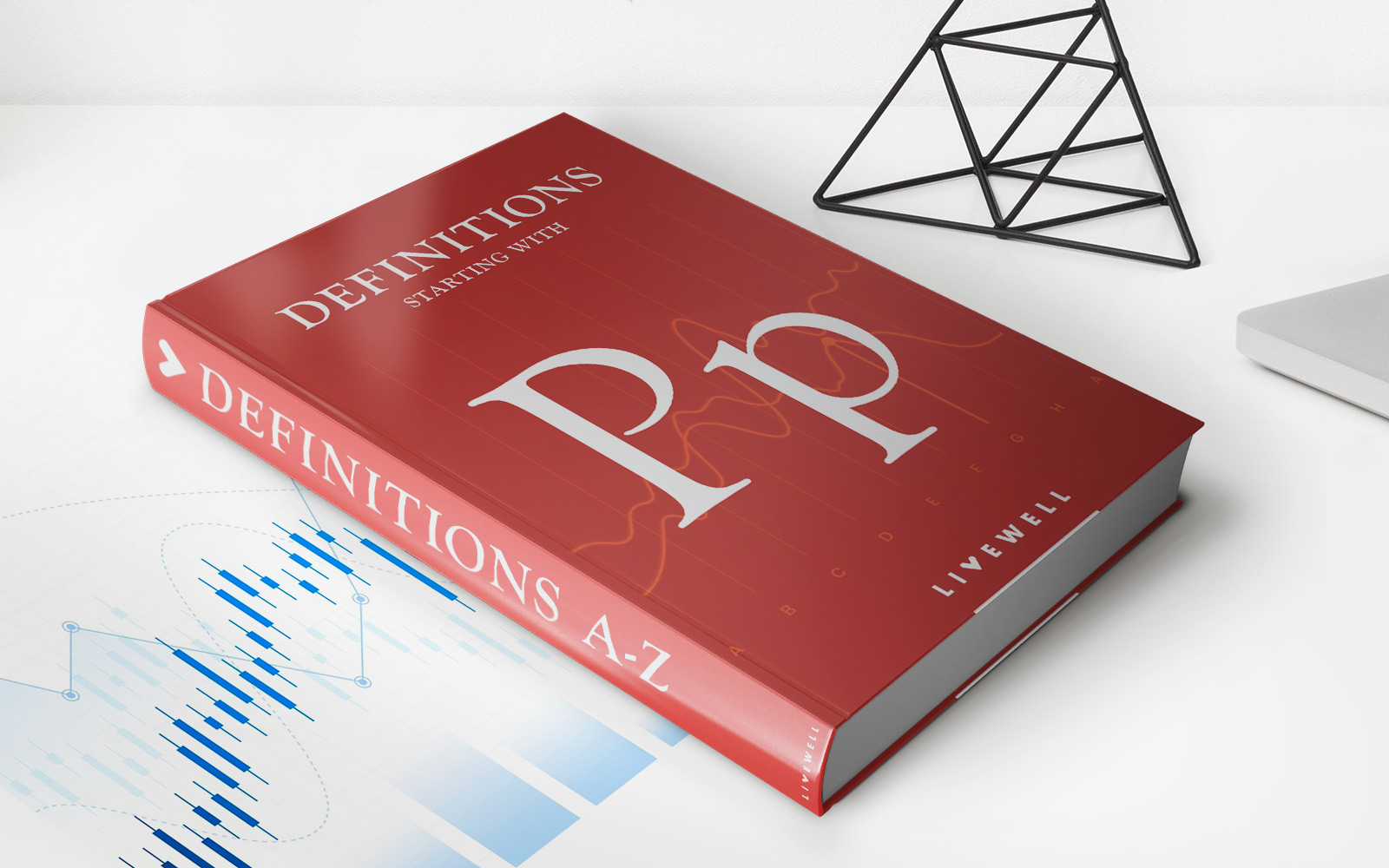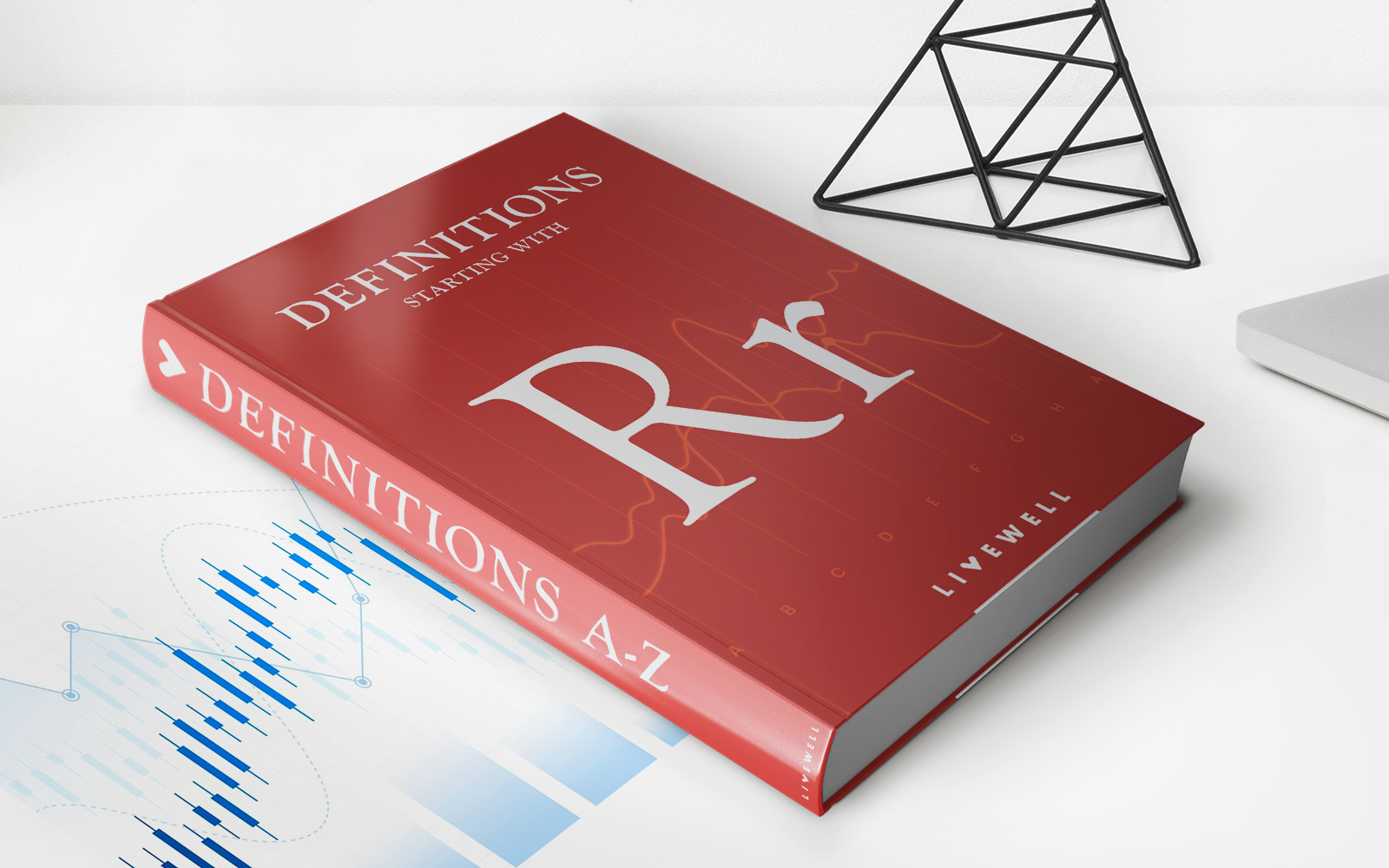Home>Finance>Conversion Ratio: Definition, How It’s Calculated, And Examples


Finance
Conversion Ratio: Definition, How It’s Calculated, And Examples
Published: November 2, 2023
Learn what conversion ratio means in finance, how it is calculated, and explore real-life examples. Enhance your financial understanding with this comprehensive guide.
(Many of the links in this article redirect to a specific reviewed product. Your purchase of these products through affiliate links helps to generate commission for LiveWell, at no extra cost. Learn more)
Understanding Conversion Ratio: Definition, How It’s Calculated, and Examples
Welcome to the fascinating world of finance, where numbers hold the key to unraveling the mysteries of success and growth. Today, we’re going to explore an essential metric that can significantly impact your business’s performance: the conversion ratio. If you’re wondering what a conversion ratio is, how it’s calculated, and what it means for your bottom line, you’ve come to the right place. Let’s dive in and unlock the secrets of this powerful metric.
Key Takeaways:
- The conversion ratio measures the percentage of visitors or leads that take the desired action, such as making a purchase or filling out a form.
- It is calculated by dividing the number of conversions by the total number of visitors or leads and multiplying by 100.
So, what exactly is a conversion ratio? In simple terms, it’s a measure of your business’s ability to convert potential customers into actual paying customers. This metric helps you understand how effective your marketing and sales efforts are in generating desired outcomes. Whether you’re running an e-commerce store, a service-based business, or even a blog, understanding and optimizing your conversion ratio is crucial for sustainable growth.
How to Calculate Conversion Ratio:
The formula for calculating the conversion ratio is relatively straightforward:
Conversion Ratio = (Number of Conversions / Total Number of Visitors or Leads) x 100
Let’s break it down into a practical example. Suppose your website receives 1,000 visitors in a month, and out of those visitors, 50 complete a purchase. By applying the conversion ratio formula, we can determine your conversion ratio:
Conversion Ratio = (50 / 1,000) x 100 = 5%
The conversion ratio, in this case, is 5%. This means that for every 100 visitors to your website, approximately 5 visitors are converting into customers. Understanding this percentage helps you benchmark your performance, track improvements, and make data-driven decisions to optimize your marketing and sales strategies.
Real-World Examples:
To give you a better understanding of how the conversion ratio works in different scenarios, here are a couple of real-world examples:
- E-commerce Store: An online clothing store may have 1,000 visitors in a month, resulting in 20 purchases. Using the conversion ratio formula, the calculation would be: (20 / 1,000) x 100 = 2%. This means that 2% of the store’s visitors convert into paying customers.
- Lead Generation Campaign: A marketing agency generates 200 leads through a targeted email campaign, and out of those, 40 leads convert into paying clients. Applying the conversion ratio formula, it would be: (40 / 200) x 100 = 20%. This indicates that the agency’s email campaign has a conversion ratio of 20%.
These examples highlight the importance of the conversion ratio in different business contexts. It empowers organizations to identify areas for improvement, refine their strategies, and increase their revenue and profitability.
In Conclusion:
The conversion ratio is a critical metric that every finance-savvy business owner or marketer should understand. By calculating and monitoring this ratio, you can gauge the effectiveness of your marketing and sales efforts, optimize your strategies, and ultimately increase your conversion rates. Remember, a higher conversion ratio means more customers and greater revenue. So, start measuring, analyzing, and optimizing your conversion ratio, and embrace the power of this valuable financial metric!














